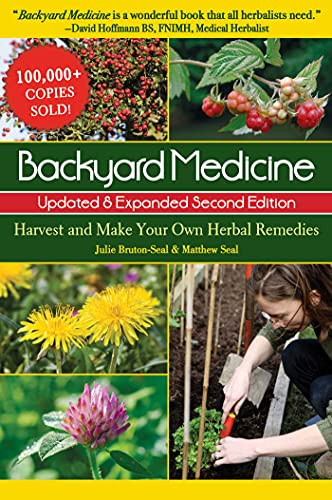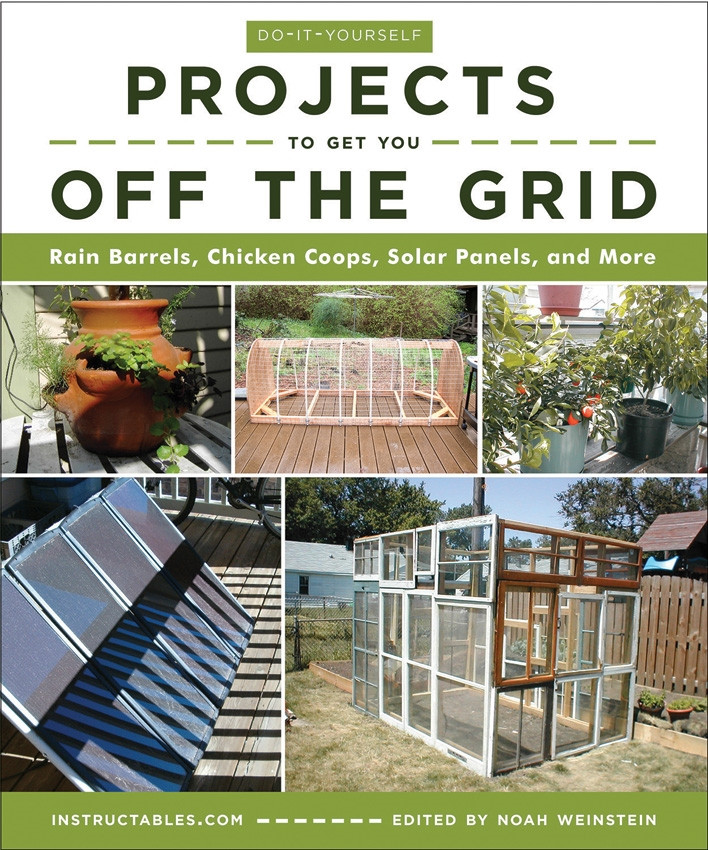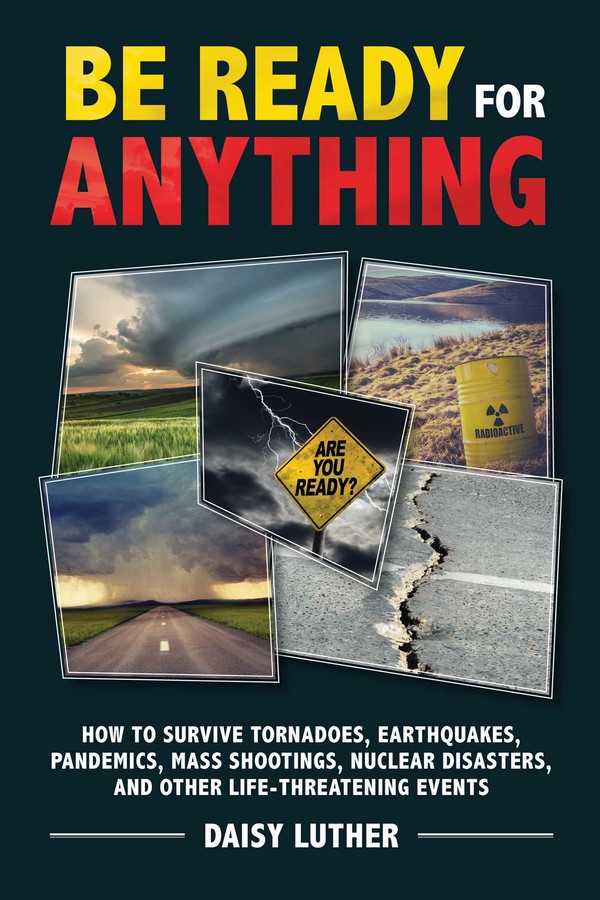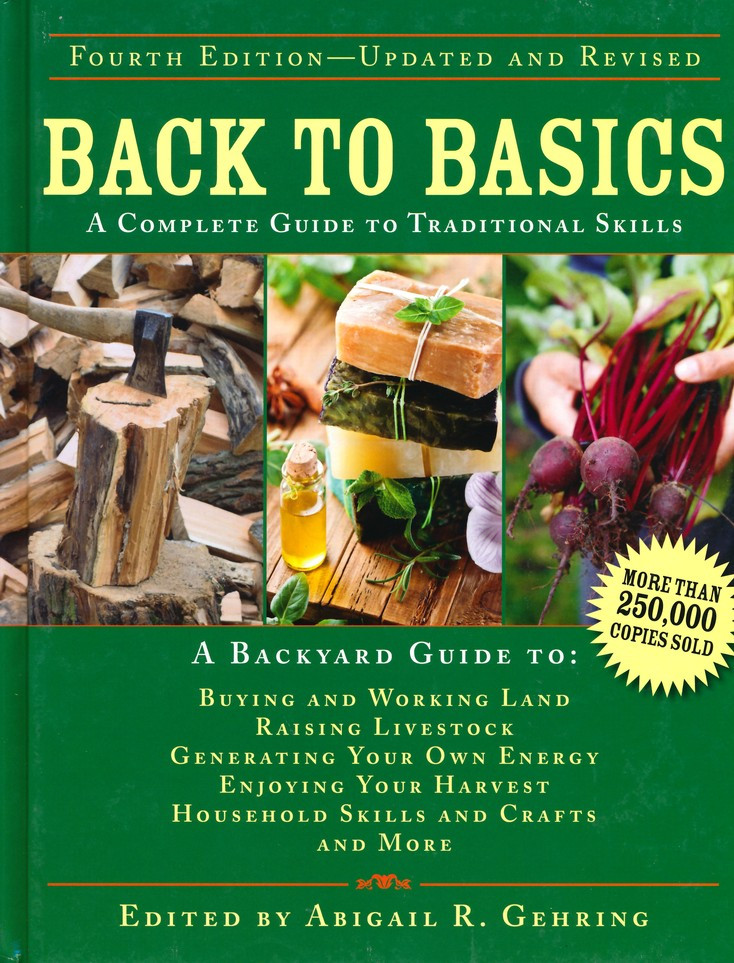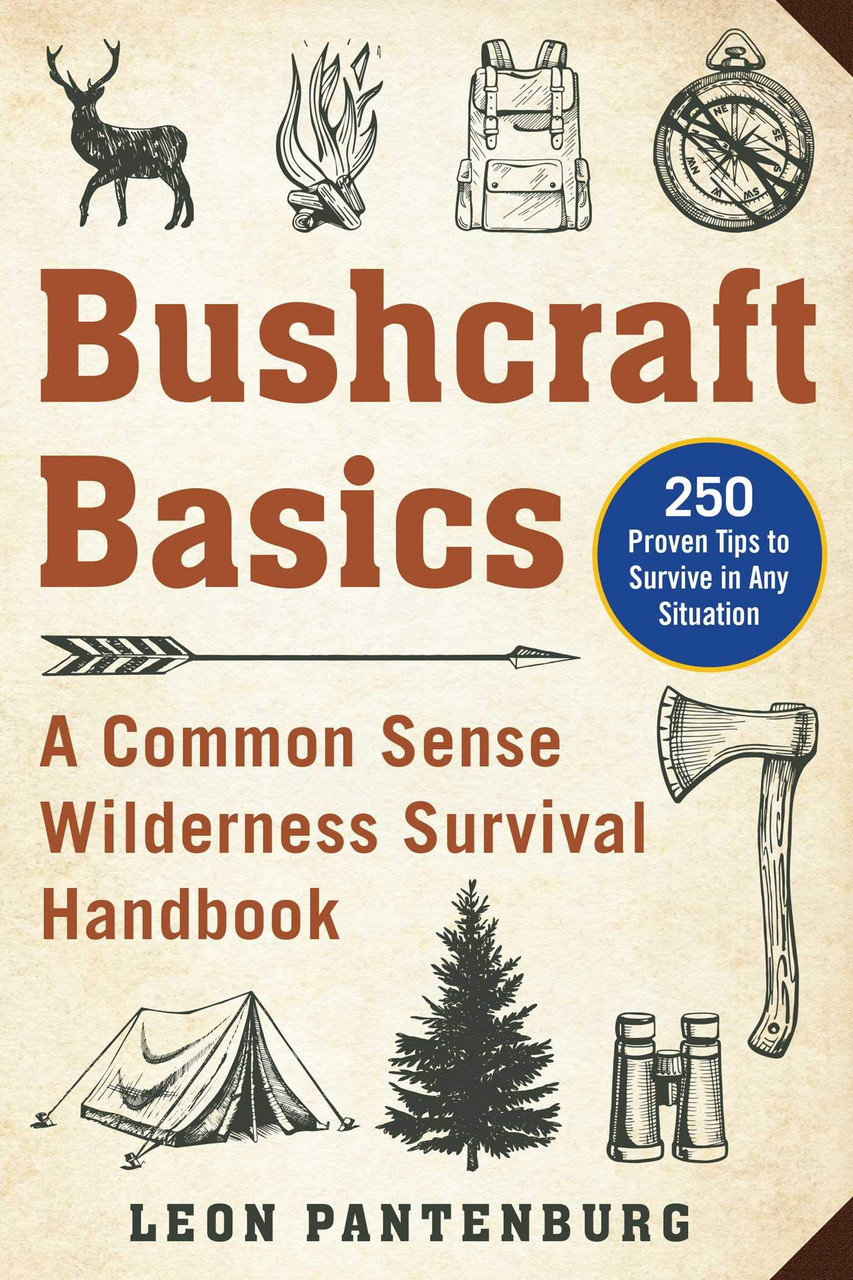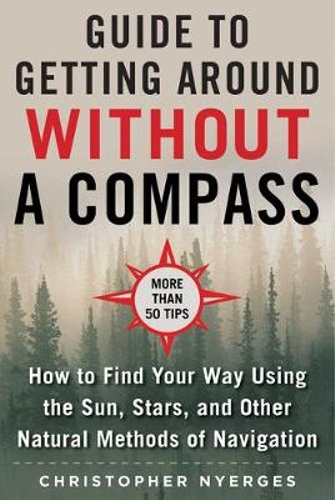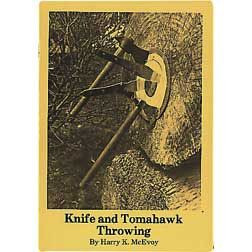| Content |
Modern medicine is truly a blessing. Advances are made with astonishing speed every day, using both science and technology to make our lives longer and healthier. But if the era of modern medicine began less than two hundred years ago, how did people treat sickness and poor health before then? This book holds the answer.
- By Julie Bruton-Seal and Matthew Seal.
- 224 page paperback.
- Updated and expanded 2nd edition.
- Researched and written by a practicing medical herbalist and natural healer.
- Features more than 120 easy herbal home remedies and fully illustrated with over 300 color photographs.
| Illustrated with full-color photographs accompanying easy-to-follow instructions, this unique collection utilizes the best that the online community has to offer, a mammoth database churning out ideas to make life better, easier, and, in this case, greener.
Here are fun, useful projects designed to get you thinking creatively about going green. Let the Instructables team illustrate just how simple it can be to make your own backyard chicken coop or turn a wine barrel into a rainwater collector.
Here, you will learn to:
- Clip a chicken’s wings
- Power your lawn mower with solar power
- Create a chicken tractor for the city
- Water your garden with solar power
- Build a thermoelectric lamp
- Create an algae bioreactor from water bottles
- And much more!
Get started today—making your life greener. Get off the grid!
| As consumerism and a meat-heavy, processed diet become the norm and the world's population continues to grow at an exponential rate, more and more people are looking toward a more sustainable path for food. Authors Douglas Boudreau and Mykel Hawke believe that the future of food lies in the wild foods of times spanning back to before the mass-agriculture system of today.
People have become distanced from the very systems that provide their food, and younger generations are increasingly unable to identify even the trees in their backyards. In response, Boudreau and Hawke have provided a compendium of wild edible plants in North America. Foraging for Survival is a comprehensive breakdown of different plant species from bearded lichen to taro, and from all over the United States. There are also tips for growing local native plants in the backyard to facilitate learning and enhance table fare at home. Other information you'll find inside:
- A list of different types of edible wild plants
- Foraging techniques
- Bugs and other grubs that can be consumed
- Warning signs of poisonous plants
- And much more!
Whether you're a hiker taking a walk through your local wilderness, or chef looking for new ingredients to incorporate in your dishes, Foraging for Survival is the book for you!
| Will you be a ready for a dozen different kinds of disasters, including hurricanes, civil unrest, mass shootings, and wildfires?
You want to be prepared for whatever emergencies come your way. While prepping for a dozen different disasters may sound like a daunting task, there’s good news.
Preparing for a wide variety of disasters requires the same basic supplies as preparing for one or two. For each event, there will be some special steps, unique information, and precautions you need to take, along with a few additional supplies, but your essentials will be the same. Learn how to prepare for:
- Earthquakes
- Tornadoes
- Hurricanes
- Winter Storms
- Wildfire Evacuations
- Pandemics
- Nuclear Disasters
- Mass Shootings
- Civil Unrest
- Economic Crises
- And More!
With directions, helpful appendices, checklists, and general guidance to getting prepped, this book will get you away from panic and straight to safety. | Over 200,000 copies sold—fully updated! Dye your own wool, raise chickens, make your own cheddar cheese, build a log cabin, and much much more.
Anyone who wants to learn basic living skills—the kind employed by our forefathers—and adapt them for a better life in the twenty-first century need look no further than this eminently useful, full-color guide.
Countless readers have turned to Back to Basics for inspiration and instruction, escaping to an era before power saws and fast-food restaurants and rediscovering the pleasures and challenges of a healthier, greener, and more self-sufficient lifestyle.
Now newly updated, the hundreds of projects, step-by-step sequences, photographs, charts, and illustrations in Back to Basics will help you dye your own wool with plant pigments, graft trees, raise chickens, craft a hutch table with hand tools, and make treats such as blueberry peach jam and cheddar cheese. The truly ambitious will find instructions on how to build a log cabin or an adobe brick homestead.
More than just practical advice, this is also a book for dreamers—even if you live in a city apartment, you will find your imagination sparked, and there’s no reason why you can’t, for example, make a loom and weave a rag rug. Complete with tips for old-fashioned fun (square dancing calls, homemade toys, and kayaking tips), this may be the most thorough book on voluntary simplicity available. | In Bushcraft Survival, Pantenburg delivers practical tips and anecdotes that cater to readers who are looking to improve their outdoor skills and prepare for every potential disaster. Drawing from his personal experience as an avid outdoorsman and years as a journalist, Pantenburg lays out easy-to-follow steps to prep for both short and long-term survival situations.
As natural disasters become increasingly present and people continue to rely on reality television shows for survival tips, developing bushcraft abilities is becoming more and more important. In this thorough handbook, Pantenburg covers a wide range of topics, including:
- Developing a survival mindset
- Crafting survival kits
- Choosing clothing best suited to survival
- Picking materials and objects to help you survive
- Building a variety of shelters
- Deciding what survival tools you should pack and which you should leave at home
- Effectively make a fire using different techniques
Filled with time-tested techniques and first-hand experience, Bushcraft Survival is the ideal book for those who want to step up their hiking or camping game, as well as those who are searching for relevant advice on emergency preparedness.
|
